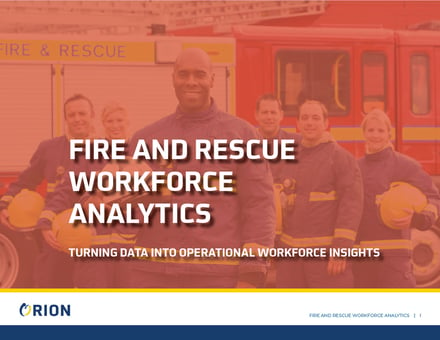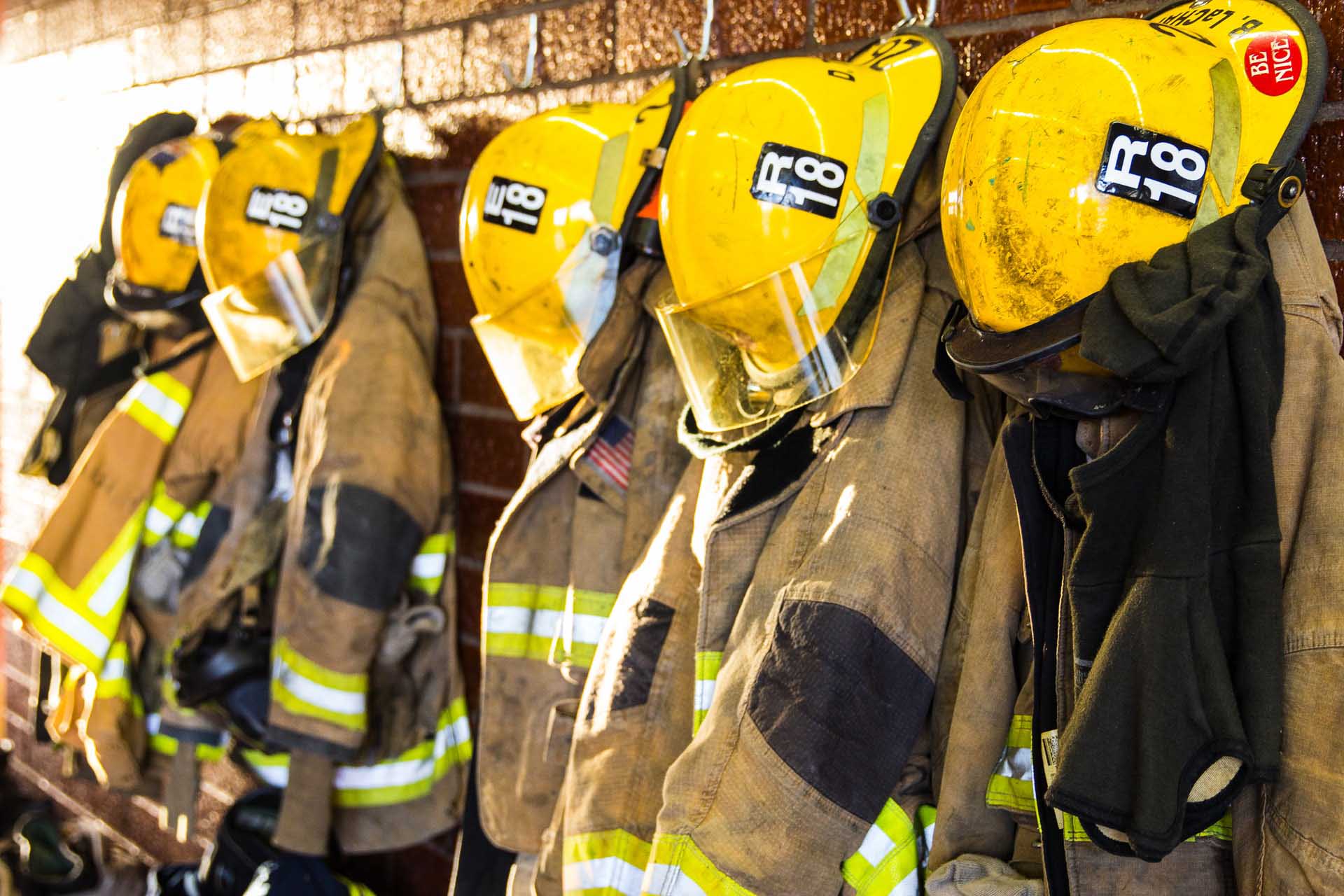
Firefighters don’t just put out fires anymore. Today, they provide vital support in medical emergencies, public safety, rescue efforts, disposition of hazardous materials, and active shooter/hostile events responses as well as perform fire inspections, community training, and much more.
With all of these responsibilities, it’s important to record and monitor fire department data. Fire service data analytics can help fire chiefs and firefighters more effectively save lives, protect property, and safeguard their communities. Here are four performance metrics that fire chiefs should be monitoring.
1. Budget
Fire chiefs are typically tasked with ensuring their departments work within their defined budgets. Rarely are they asked to prepare a budget that fits the goals and objectives of the fire department, but doing so can be beneficial. While creating a budget proposal can be a tedious task, it’s necessary for demonstrating the funds a department needs to be successful. Effective use of fire department data is essential to doing this.
One of the most relevant sources of fire department data is old workforce analytics. This can provide you with information on the success of past budgets and help you determine the right metrics to use. To bolster a budget proposal’s chances of success, fire chiefs should seek to build strong relationships with their local unions or volunteer fire associations. Getting their support can help to secure budget approval.
Fire chiefs face several major challenges every day. These can include
- Rising call volume
- The need to provide varied services
- Increasing service costs
- Declining financial resources
- Personnel health, safety, and wellness concerns
Securing a budget that truly supports their department’s mission and responsibilities helps chiefs overcome obstacles and provide their communities the high level of service they need.
2. Incident Data
Incident data is a very important aspect of fire rescue analytics to monitor. Incident data should be obtained as early as possible. It can help determine which resources to utilize and reduce ineffective emergency response tactics. Pre-arrival incident data can also help chiefs
- Position units on the scene
- Reduce equipment assembly time
- Understand the best place to engage with an incident
- Prevent escalation
Many new technologies make it possible to provide emergency responses crew with data before their arrival on the scene.
Post-incident data is just as important as pre-arrival data. Post-incident data includes information such as before and after pictures, where a fire originated, and how it spread. Both pre-and post-incident data retrieved by incident command boards and dispatchers during calls can also provide important details about emergency response crews’ performance on the scene. In these ways, operational workforce management systems that interface with CAD systems can utilize incident data to produce analytics that help increase a fire crew's performance and productivity.
Click here to read our Fire and Rescue Workforce Analytics eBook.
3. Stakeholder Preparedness
Fire departments have two types of stakeholders: internal and external.
Internal stakeholders include:
- Fire department members
- Elected and appointed officials
- Other fire and emergency service agencies or organizations
External stakeholders include:
- Individuals who live and/or work in a department’s territory
- Individuals who travel to or through the department’s territory
- Businesses within the same jurisdiction
Fire department stakeholders have many expectations. The first is that the department be available to respond in a timely manner to protect public safety. They expect departments to deliver the services and use the strategies required to resolve an emergency when requested. They also expect services to be consistent and personnel to be professional and courteous while performing their duties.
So, when you are looking to track fire data regarding the preparedness of your stakeholders, remember these points:
- Accessibility
- Completeness
- Consistency
- Convenience
- Courtesy
- Effectiveness
- Efficiency
- Image
- Professionalism
- Responsiveness
- Safety
- Timeliness
- Computer-Aided Dispatch
Computer-aided dispatch (CAD) data is extremely useful. Fire CAD technology gives firefighters and emergency responders access to dispatch information and other vital data about a building, business, or location. This can be very helpful in obtaining pre-incident data. CAD data can be transferred directly to fire departments. Whether through a periodic direct data transfer, transfer to the records management system (RMS), or an application program interface (API), it can be quite convenient. Fire chiefs should work to ensure that fire CAD data analytics are available. This provides much more information than just a simple summary of call types and emergency response times.
4. Emergency Response Performance
Emergency response times, for both the first responder units and total effective response force, can provide very valuable information. Here's a real-life example.
Let's say a department experiences a day when a large proportion of its resources is needed for various assignments in a single neighborhood, leaving other neighborhoods at greater risk in case of an emergency. This can cause longer response times, as units may need to respond from further distances.
It is important to take note of this data and share it with the correct department supervisors. Doing so can prompt administrators to provide the department with more resources so it can provide effective and efficient emergency response.
What Are the Benefits of Fire Service Data Analytics?
Monitoring performance metrics is necessary to
- Determine a baseline of a crew's performance level
- Determine current performance levels
- Determine performance goals for the future
- Track progress
- Compare performance between departments
- Identify problems, their causes, and solutions
- Plan for the future
Are You Ready to Monitor Your Department’s Performance Metrics?
Adopting fire service data and workforce analytics may seem like an overwhelming task, but the benefits are too great to ignore. While there are many performance metrics you can monitor, we suggest that you start with the four discussed above to get started.
Orion is a proud provider of operational workforce management software that first responder organizations depend on. For more information on how to keep your department running smoothly, subscribe to our blog!


